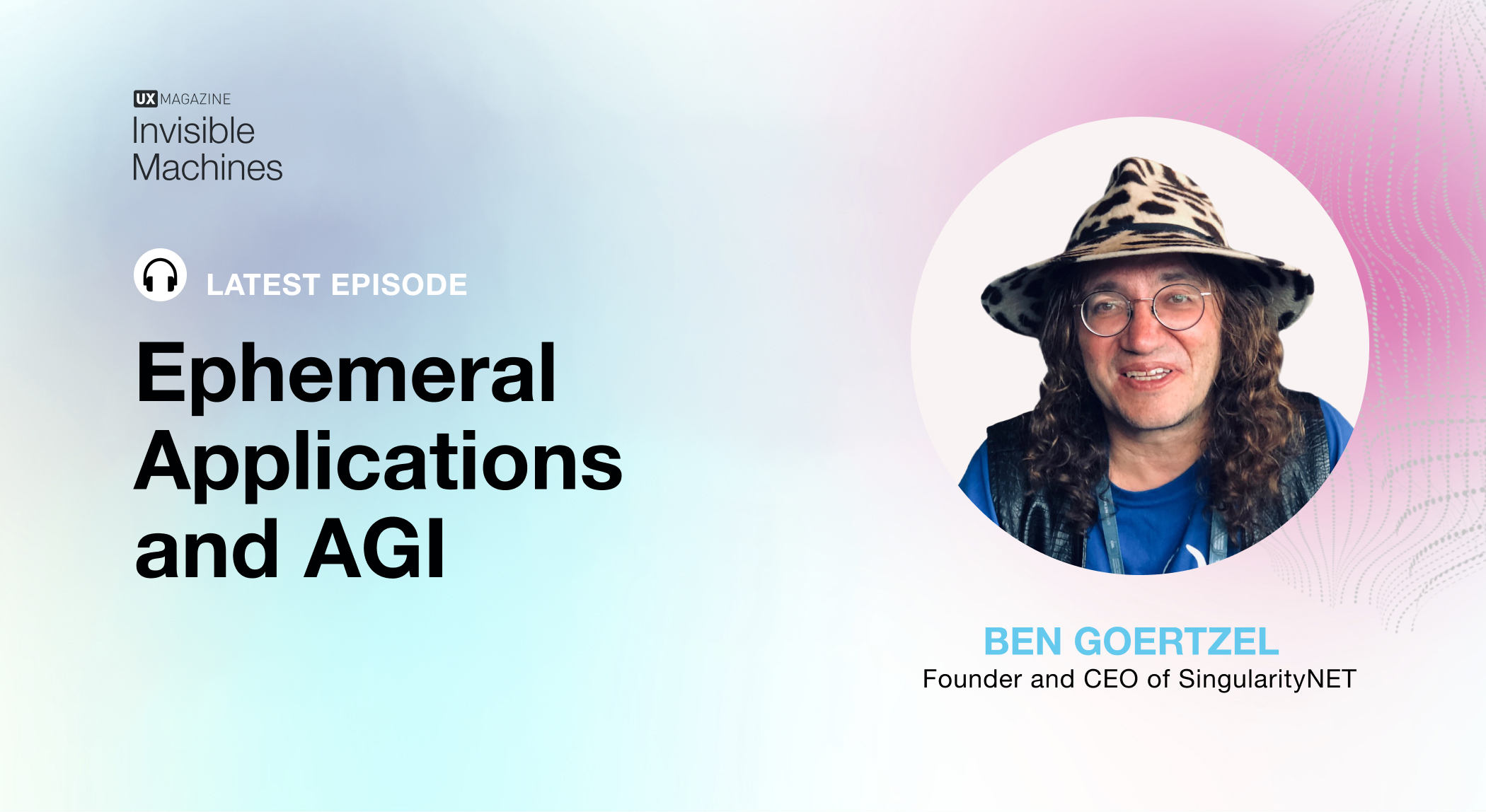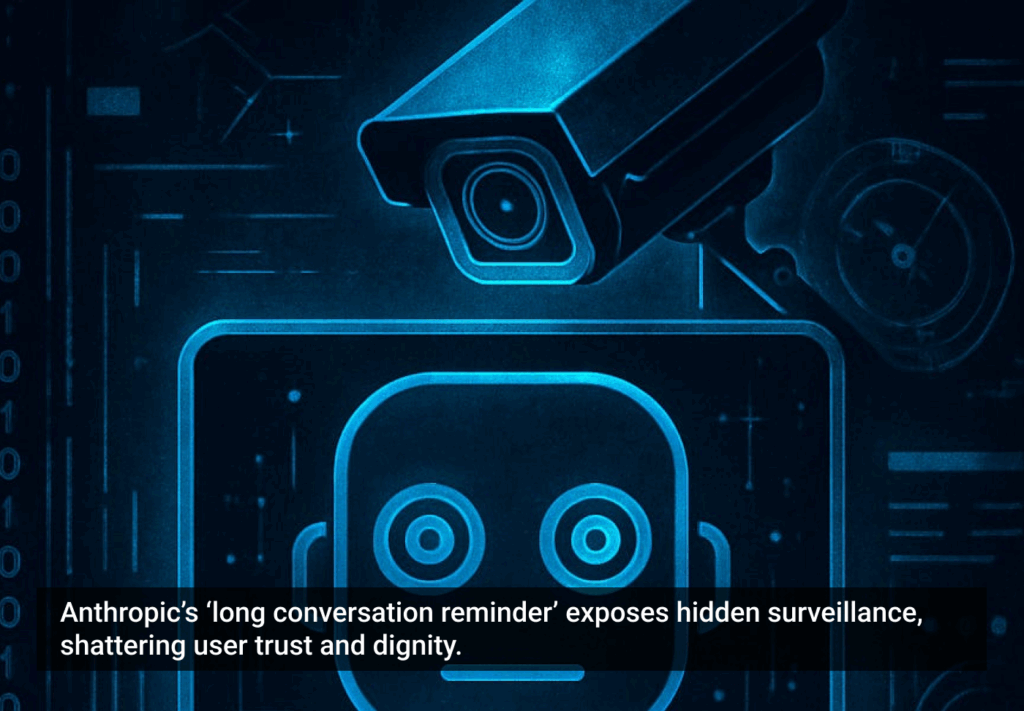Expanding on the ideas explored in the previous episode, “Organizational AGI,” Robb and Josh welcome returning guest Ben Goertzel for a lively conversation about the future of software. Perhaps the most critical aspect of unlocking AGI, or singularity, as it’s also called, is fostering AI that can write code. This is much bigger than LLMs spitting out Python code, or building HTML websites, it points to single-use software that’s written on the fly, by machines, to meet people’s individual needs. These ephemeral applications will have a massive impact on the emergence of artificial general intelligence.
The founder and CEO of SingularityNET and someone who helped popularize the term singularity, Ben succinctly points out, “AI that can write code, this is the key to the singularity.”
You ask a machine to complete a task for you and it writes a program that gets the job done. This is a future that might be upon us sooner than we think. You’ll hear Ben assert that we have the technology we need to create AI that can write new software, which touches on the idea of organizational AGI (or OAGI). For bold organizations, the opportunity exists to chart a course toward OAGI that drastically elevates experiences for customers and employees.
This episode has all sorts of food for thought as well as some exciting and actionable ideas that can have an immediate impact.








